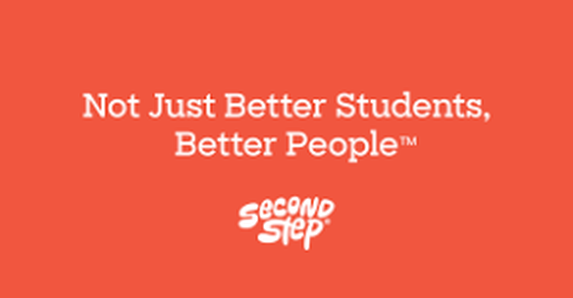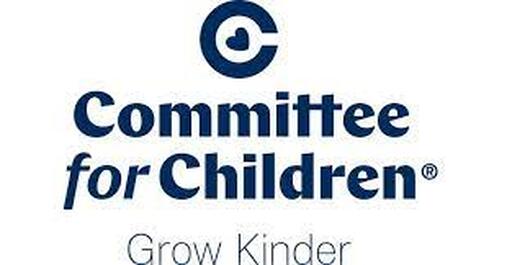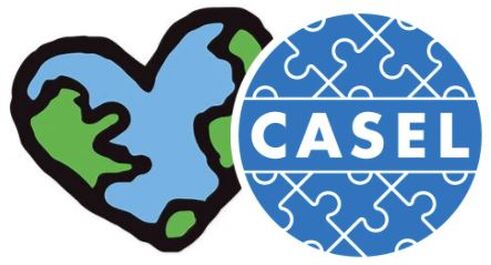What is Social and Emotional Learning and why is it important?
What is SEL?
SEL stands for social/emotional learning, or as defined by the Utah State Board of Education Rule R277-100-2, “[T]he process through which students acquire and effectively apply the knowledge, attitude, and skills necessary to:
Social/emotional learning is:
Earlier I mentioned CASEL, which is a nonprofit, nonpartisan source for high-quality, evidence-based social/emotional learning resources and data. Founded in 1994, CASEL brings together all the latest research and information on SEL.
Why SEL?
The need for SEL is very compelling when we explore the data behind it, and the data are why the state of Utah and our schools and districts have embraced SEL. So why is social and emotional learning so critical to holistic education for Utah students?
SEL stands for social/emotional learning, or as defined by the Utah State Board of Education Rule R277-100-2, “[T]he process through which students acquire and effectively apply the knowledge, attitude, and skills necessary to:
- understand and manage emotions;
- set and achieve positive goals;
- feel and show empathy for others;
- establish and maintain positive relationships;
- make responsible decisions; and
- self-advocate.”
Social/emotional learning is:
- NOT just a program.
- NOT just a lesson.
- NOT just for students.
Earlier I mentioned CASEL, which is a nonprofit, nonpartisan source for high-quality, evidence-based social/emotional learning resources and data. Founded in 1994, CASEL brings together all the latest research and information on SEL.
Why SEL?
The need for SEL is very compelling when we explore the data behind it, and the data are why the state of Utah and our schools and districts have embraced SEL. So why is social and emotional learning so critical to holistic education for Utah students?
- SEL leads to improved academic performance, social and emotional skills, attitudes, relationships and perceptions of classroom and school climate. These improvements are also long-term.
- SEL leads to decreases in anxiety, behavior issues and substance use.
- SEL leads to positive classroom behavior.
- A 2011 meta-analysis of SEL showed an 11 percentile-point gain on standardized achievement tests. This challenges the idea that “soft-skills” are not just nice to have, but are critical!
- SEL can reduce emotional distress – after this last year and a half, don’t we all need a little more of this?
- A 2017 meta-analysis shows that SEL has longitudinal effects that last.
- SEL benefits students regardless of socioeconomic status, background, race or school location.
- SEL leads to future adults who are more likely to graduate from high school, complete a college degree and obtain stable employment in young adulthood. They are less likely to depend on social programs and public assistance, and less likely to be in a detention facility.
- Teachers who possess social/emotional competencies are more likely to stay in the classroom longer.
- Of executives surveyed by the World Economic Forum in 2015, 92 percent said that skills such as problem-solving and communicating clearly are equally or more important than technical skills.
- Complex problem solving
- Critical thinking
- Creativity
- People management
- Coordinating with others
- Emotional intelligence
- Judgment and decision-making
- Service orientation
- Negotiation
- Cognitive flexibility
Box Elder School District uses a research-based and very well vetted SEL curriculum called Second Step in our K-5 grades
Second Step
Committee for Children has championed the safety and well-being of children for over 40 years. We are committed to developing and supporting the use of research and evidence-based social-emotional learning (SEL) curricula both in and outside of school settings. Our Second Step SEL programs strive to create a positive school climate that supports social and academic success for every child. Social-emotional learning teaches children skills and concepts that help them to understand and manage emotions, feel and show empathy, build positive relationships, set and achieve personal and academic goals, and make responsible decisions. To foster healthy development in children, Committee for Children encourages parents, caregivers, and educators to model these skills at home and in the classroom.
We recognize that students, families, schools, and communities are all part of broader systems that shape learning, development, and experiences. Lessons and examples throughout Second Step include learning from and interacting in positive ways with family members. Family engagement is a central focus of Second Step, with family resources and communications that share the goals of the program and provide insight into how adults can support their children’s social-emotional development.
Second Step lessons support children in setting achievable goals, making effective plans, and identifying strategies and resources to help them follow through on goals. In addition, students learn how to develop a growth mindset and apply goalsetting strategies to their academic and personal lives. This helps create classrooms that are connected and empowered by helping students set and achieve collective and personal goals, learn from challenges, and recognize their personal strengths.
Additionally, the Second Step lessons and activities in Middle School incorporate real-life situations and representations from various cultures and life experiences to help empower students, equipping them with the tools they need to make responsible decisions. Students relate lesson content to their own lives and interests, helping them to feel connected through these community-building classroom interactions.
We recognize that students, families, schools, and communities are all part of broader systems that shape learning, development, and experiences. Lessons and examples throughout Second Step include learning from and interacting in positive ways with family members. Family engagement is a central focus of Second Step, with family resources and communications that share the goals of the program and provide insight into how adults can support their children’s social-emotional development.
Second Step lessons support children in setting achievable goals, making effective plans, and identifying strategies and resources to help them follow through on goals. In addition, students learn how to develop a growth mindset and apply goalsetting strategies to their academic and personal lives. This helps create classrooms that are connected and empowered by helping students set and achieve collective and personal goals, learn from challenges, and recognize their personal strengths.
Additionally, the Second Step lessons and activities in Middle School incorporate real-life situations and representations from various cultures and life experiences to help empower students, equipping them with the tools they need to make responsible decisions. Students relate lesson content to their own lives and interests, helping them to feel connected through these community-building classroom interactions.
Second Step
A Holistic Approach to Social-Emotional Learning
Click on each logo below to access SEL websites.
Click on each logo below to access SEL websites.
The pacing guide below will show you how Second Step builds across grades.
Your browser does not support viewing this document. Click here to download the document.
Scroll to find your child's grade and see what lessons are being taught.
Your browser does not support viewing this document. Click here to download the document.
Quick Links
Be Ready Utah
Bear River Mental Health Screening
Bear River Mental Health Services
Child and Family Services
Defend Innocence
Divorce Education for Children
Families for Depression Awareness
Headspace
NetSafe Utah
Prevent Child Abuse Utah
SafeUT
Suicide Prevention Training
Suicide Prevention Lifeline
The Family Place
UEN Parent Resources
UpLift Families
Utah Anti-Bullying Coalition
Utah Parent Center
Be Ready Utah
Bear River Mental Health Screening
Bear River Mental Health Services
Child and Family Services
Defend Innocence
Divorce Education for Children
Families for Depression Awareness
Headspace
NetSafe Utah
Prevent Child Abuse Utah
SafeUT
Suicide Prevention Training
Suicide Prevention Lifeline
The Family Place
UEN Parent Resources
UpLift Families
Utah Anti-Bullying Coalition
Utah Parent Center
Proudly powered by Weebly


